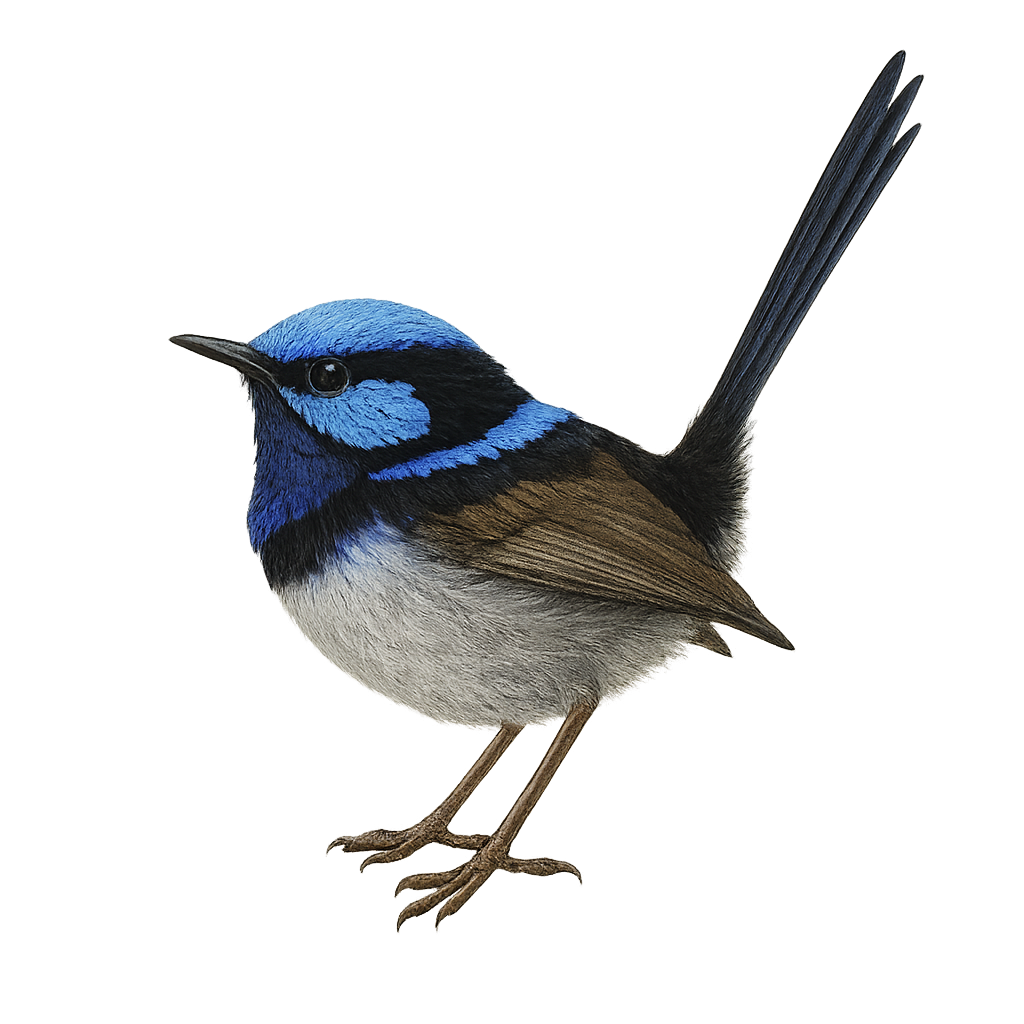Your wildlife photography guide.
Explore the superb fairywren in detail, study its behavior, prepare your shots.
Where to observe and photograph the superb fairywren in the wild
Learn where and when to spot the superb fairywren in the wild, how to identify the species based on distinctive features, and what natural environments it inhabits. The WildlifePhotographer app offers tailored photography tips that reflect the superb fairywren’s behavior, helping you capture better wildlife images. Explore the full species profile for key information including description, habitat, active periods, and approach techniques.
Superb Fairywren
Scientific name: Malurus cyaneus

IUCN Status: Least Concern
Family: MALURIDAE
Group: Birds
Sensitivity to human approach: Suspicious
Minimum approach distance: 5 m
Courtship display: September to November
Incubation: 14-16 jours
Hatchings: September to December
Habitat:
Open forests, scrublands, urban gardens
Activity period :
Primarily active during the day, with peak activity in the morning and late afternoon.
Identification and description:
The Superb Fairywren, or Malurus cyaneus, is a small passerine bird native to Australia. It is easily recognizable by its striking plumage: males display a vibrant blue on their head and back, while females and juveniles are predominantly brown. This striking contrast is especially noticeable during the breeding season. The Superb Fairywren inhabits mainly open forests, scrublands, and urban gardens, where it feeds on insects and small invertebrates. Sociable by nature, it lives in family groups and practices cooperative breeding, with several individuals helping to raise the young. Despite its small size, this bird is very active and agile, often moving in quick, small hops.
Recommended lens:
400 mm – adjust based on distance, desired framing (portrait or habitat), and approach conditions.
Photography tips:
To photograph the Superb Fairywren, it's advisable to use a lens of 400mm or more to capture the details of its striking plumage without disturbing it. Look for it in open forests or urban gardens, where it is often active during the day. Be patient and discreet, as although it is suspicious, it can get used to your presence if you remain still. Take advantage of moments when it perches to sing or forage to get dynamic shots.
The WildlifePhotographer App is coming soon!
Be the first to explore the best nature spots, track rutting seasons, log your observations, and observe more wildlife.
Already 1 430 wildlife lovers subscribed worldwide

